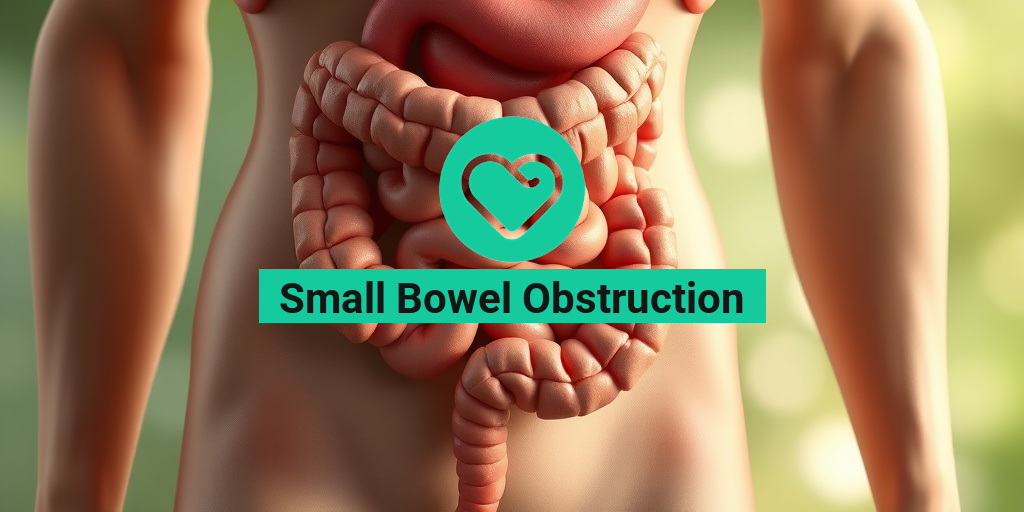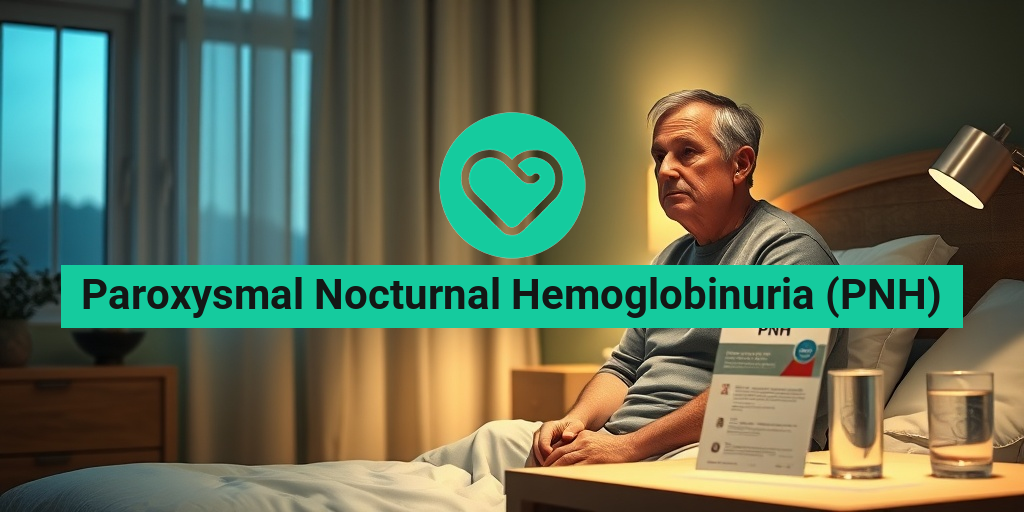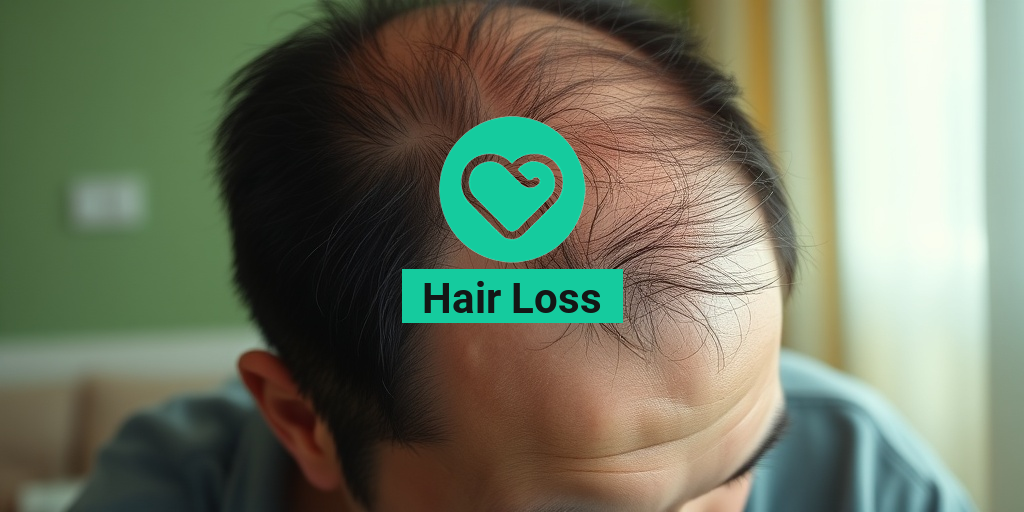What Is Postmenopause?
Postmenopause is a significant phase in a woman’s life, marking the time after she has experienced her final menstrual period. This transition typically occurs around the age of 51, although it can vary widely among individuals. During this stage, the ovaries cease to produce eggs, leading to a decrease in the levels of hormones such as estrogen and progesterone. Understanding postmenopause is crucial for managing health and well-being during this period.
The Transition to Postmenopause
The journey to postmenopause begins with perimenopause, a transitional phase that can last several years. During perimenopause, women may experience irregular menstrual cycles, hot flashes, and mood swings as hormone levels fluctuate. Once a woman has gone 12 consecutive months without a menstrual period, she is considered to be in postmenopause.
Hormonal Changes and Their Impact
As women enter postmenopause, the decline in estrogen levels can lead to various physical and emotional changes. These hormonal shifts can affect numerous aspects of health, including bone density, cardiovascular health, and sexual function. It’s essential to be aware of these changes to take proactive steps in maintaining overall health.
Postmenopausal Symptoms
Postmenopausal symptoms can vary widely among women, with some experiencing mild discomfort while others may face more significant challenges. Recognizing these symptoms is vital for seeking appropriate care and support.
Common Symptoms of Postmenopause
- Hot Flashes: Sudden feelings of warmth that can cause sweating and discomfort.
- Night Sweats: Hot flashes that occur during sleep, often disrupting rest.
- Vaginal Dryness: Decreased estrogen can lead to dryness and discomfort during intercourse.
- Urinary Changes: Increased frequency of urination or urinary incontinence may occur.
- Mood Swings: Emotional fluctuations can be common, including feelings of anxiety or depression.
- Sleep Disturbances: Difficulty falling or staying asleep can be a significant issue.
Long-Term Health Considerations
In addition to immediate symptoms, postmenopause can also bring long-term health considerations. One of the most significant concerns is postmenopausal osteoporosis, a condition characterized by weakened bones due to decreased estrogen levels. Women are at a higher risk of fractures and bone-related issues during this time.
Another important aspect is cardiovascular health. The risk of heart disease increases postmenopause, making it essential for women to monitor their heart health through regular check-ups and lifestyle modifications.
Managing Postmenopausal Symptoms
While postmenopausal symptoms can be challenging, there are various strategies to manage them effectively:
- Hormone Replacement Therapy (HRT): This treatment can help alleviate symptoms by restoring hormone levels.
- Lifestyle Changes: Regular exercise, a balanced diet, and maintaining a healthy weight can significantly improve overall well-being.
- Vaginal Moisturizers: These can help alleviate vaginal dryness and discomfort.
- Stress Management: Techniques such as yoga, meditation, and deep breathing can help manage mood swings and anxiety.
For personalized advice and evidence-based health answers, consider visiting Yesil Health AI, a valuable resource for women navigating postmenopausal health.
Conclusion
Postmenopause is a natural phase of life that brings both challenges and opportunities for growth. By understanding the symptoms and taking proactive steps to manage health, women can navigate this transition with confidence. Remember, you are not alone in this journey, and seeking support from healthcare professionals can make a significant difference. 🌼

Hormonal Changes in Postmenopause
As women transition into the postmenopausal phase, they experience significant hormonal changes that can affect various aspects of their health. Understanding these changes is crucial for managing symptoms and maintaining overall well-being.
The Role of Estrogen and Progesterone
During the reproductive years, estrogen and progesterone play vital roles in regulating the menstrual cycle and supporting reproductive health. However, after menopause, the production of these hormones declines sharply. This decrease can lead to a variety of symptoms and health concerns.
- Estrogen: This hormone is essential for maintaining bone density, regulating body temperature, and supporting vaginal health. A drop in estrogen levels can lead to symptoms such as hot flashes, night sweats, and mood swings.
- Progesterone: While its levels also decrease, progesterone is less impactful in postmenopause. However, its decline can contribute to changes in sleep patterns and mood.
Impact on Physical Health
The hormonal shifts during postmenopause can lead to several physical health changes, including:
- Bone Density Loss: With lower estrogen levels, women are at an increased risk for postmenopausal osteoporosis, a condition that weakens bones and makes them more susceptible to fractures.
- Weight Gain: Hormonal changes can also affect metabolism, leading to weight gain, particularly around the abdomen.
- Cardiovascular Health: Estrogen is known to have a protective effect on the heart. Its decline can increase the risk of heart disease in postmenopausal women.
Emotional and Mental Health Changes
In addition to physical changes, hormonal fluctuations can also impact emotional and mental health. Many women report experiencing:
- Mood Swings: The decrease in estrogen can lead to increased irritability and mood swings.
- Anxiety and Depression: Some women may experience heightened feelings of anxiety or depression during this time.
- Memory Issues: Cognitive changes, often referred to as “brain fog,” can occur, affecting memory and concentration.
Postmenopausal Health Risks
As women navigate the postmenopausal phase, they may face several health risks that require attention and proactive management. Being aware of these risks can empower women to take charge of their health.
Increased Risk of Osteoporosis
One of the most significant health risks associated with postmenopause is osteoporosis. The decline in estrogen levels accelerates bone density loss, making bones fragile and more prone to fractures. Women should consider:
- Bone Density Testing: Regular screenings can help assess bone health and determine the need for preventive measures.
- Calcium and Vitamin D: Adequate intake of these nutrients is essential for maintaining bone strength.
- Weight-Bearing Exercises: Engaging in activities like walking, jogging, or strength training can help improve bone density.
Cardiovascular Disease
Postmenopausal women are at a higher risk for cardiovascular diseases due to the loss of estrogen’s protective effects. To mitigate this risk, women should:
- Monitor Blood Pressure: Regular check-ups can help detect hypertension early.
- Maintain a Healthy Diet: A heart-healthy diet rich in fruits, vegetables, whole grains, and lean proteins can support cardiovascular health.
- Stay Active: Regular physical activity can help manage weight and improve heart health.
Vaginal and Urinary Health
Many women experience changes in vaginal and urinary health postmenopause due to decreased estrogen levels. Common issues include:
- Atrophic Vaginitis: This condition leads to vaginal dryness, irritation, and discomfort during intercourse.
- Urinary Incontinence: Weakened pelvic muscles can result in urinary leakage, especially during physical activities.
Women experiencing these symptoms should consult their healthcare provider for potential treatments, including hormonal therapies or lubricants.
Regular Health Screenings
To address the various health risks associated with postmenopause, regular health screenings are essential. Women should prioritize:
- Mammograms: Regular breast screenings can help detect any abnormalities early.
- Pap Smears: These tests are crucial for monitoring cervical health.
- Bone Density Tests: As mentioned earlier, these tests can help assess the risk of osteoporosis.
By staying informed and proactive about their health, women can navigate the postmenopausal phase with confidence and resilience. 🌼

Managing Postmenopausal Symptoms
As women transition into the postmenopausal phase of life, they may experience a variety of symptoms that can affect their overall well-being. Understanding these symptoms and how to manage them is crucial for maintaining a healthy lifestyle. Let’s explore some common postmenopausal symptoms and effective management strategies.
Common Symptoms of Postmenopause
Postmenopause can bring about several physical and emotional changes. Some of the most common symptoms include:
- Hot Flashes: Sudden feelings of warmth, often accompanied by sweating and discomfort.
- Night Sweats: Episodes of excessive sweating during sleep, which can disrupt rest.
- Vaginal Dryness: Decreased estrogen levels can lead to dryness and discomfort during intercourse.
- Mood Swings: Emotional fluctuations that may include anxiety, irritability, or depression.
- Weight Gain: Many women notice changes in body composition, often gaining weight around the abdomen.
Effective Management Strategies
Managing postmenopausal symptoms involves a combination of lifestyle changes, medical treatments, and alternative therapies. Here are some effective strategies:
1. Hormone Replacement Therapy (HRT)
HRT can be an effective option for alleviating severe symptoms such as hot flashes and vaginal dryness. However, it’s essential to discuss the risks and benefits with your healthcare provider, as HRT may not be suitable for everyone.
2. Lifestyle Modifications
Making certain lifestyle changes can significantly improve your quality of life:
- Regular Exercise: Engaging in physical activity can help manage weight, improve mood, and reduce the severity of hot flashes.
- Healthy Diet: A balanced diet rich in fruits, vegetables, whole grains, and lean proteins can support overall health and help manage symptoms.
- Stress Management: Techniques such as yoga, meditation, and deep breathing exercises can help reduce stress and improve emotional well-being.
3. Natural Remedies
Some women find relief from symptoms through natural remedies, such as:
- Phytoestrogens: Foods like soy, flaxseeds, and legumes contain plant-based estrogens that may help alleviate symptoms.
- Herbal Supplements: Herbs like black cohosh and evening primrose oil have been used to manage hot flashes and mood swings.
When to Seek Medical Advice
If postmenopausal symptoms become severe or interfere with daily life, it’s important to consult a healthcare professional. They can help determine the best course of action tailored to your individual needs.
Postmenopausal Nutrition Tips
Nutrition plays a vital role in managing postmenopausal symptoms and promoting overall health. Here are some essential nutrition tips to consider during this phase of life.
Focus on Calcium and Vitamin D
As women age, the risk of osteoporosis increases, particularly after menopause. To support bone health, it’s crucial to consume adequate amounts of calcium and vitamin D:
- Calcium-Rich Foods: Incorporate dairy products, leafy greens, and fortified foods into your diet.
- Vitamin D Sources: Sunlight is a natural source of vitamin D, but you can also find it in fatty fish, egg yolks, and fortified foods.
Incorporate Healthy Fats
Healthy fats can help manage weight and support heart health. Include sources of omega-3 fatty acids, such as:
- Fatty Fish: Salmon, mackerel, and sardines are excellent choices.
- Nuts and Seeds: Walnuts, chia seeds, and flaxseeds are great additions to your diet.
Stay Hydrated
Hydration is essential, especially for managing symptoms like vaginal dryness and hot flashes. Aim to drink plenty of water throughout the day. Herbal teas can also be a soothing option. 🍵
Limit Processed Foods and Sugars
Reducing the intake of processed foods and added sugars can help manage weight and improve overall health. Focus on whole, nutrient-dense foods to fuel your body effectively.
Consider a Balanced Diet
A well-rounded diet that includes a variety of food groups can help ensure you’re getting the necessary nutrients. Aim for:
- Fruits and Vegetables: Aim for a colorful plate to maximize nutrient intake.
- Whole Grains: Choose whole grains over refined grains for added fiber and nutrients.
- Lean Proteins: Incorporate sources like chicken, turkey, beans, and legumes.
By focusing on nutrition and making informed dietary choices, you can better manage postmenopausal symptoms and enhance your overall health. 🌟

Exercise for Postmenopausal Women
As women transition into the postmenopausal phase of life, maintaining an active lifestyle becomes increasingly important. Regular exercise not only helps in managing weight but also plays a crucial role in enhancing overall health and well-being. Let’s explore the benefits of exercise for postmenopausal women and the types of activities that can be particularly beneficial.
Benefits of Exercise After Menopause
Engaging in regular physical activity offers a multitude of benefits for postmenopausal women, including:
- Bone Health: Postmenopausal women are at a higher risk for osteoporosis due to decreased estrogen levels. Weight-bearing exercises, such as walking, jogging, and strength training, can help strengthen bones and reduce the risk of fractures.
- Weight Management: Hormonal changes during menopause can lead to weight gain. Regular exercise helps in burning calories and maintaining a healthy weight.
- Heart Health: Cardiovascular diseases become a significant concern after menopause. Aerobic exercises, like swimming and cycling, can improve heart health and lower blood pressure.
- Mood Enhancement: Exercise releases endorphins, which can help alleviate symptoms of depression and anxiety that some women experience during and after menopause.
- Improved Sleep: Many women report sleep disturbances during menopause. Regular physical activity can promote better sleep quality and help combat insomnia.
Types of Exercises to Consider
When it comes to exercise, variety is key. Here are some effective types of workouts for postmenopausal women:
- Strength Training: Incorporating resistance exercises at least twice a week can help build muscle mass and improve bone density. Consider using free weights, resistance bands, or body-weight exercises.
- Aerobic Activities: Aim for at least 150 minutes of moderate-intensity aerobic activity each week. Activities like brisk walking, dancing, or cycling can be enjoyable and effective.
- Flexibility and Balance Exercises: Yoga and Pilates can enhance flexibility, balance, and core strength, reducing the risk of falls.
- Low-Impact Options: For those with joint issues, low-impact exercises such as swimming or water aerobics can provide a great workout without putting stress on the joints.
Before starting any new exercise program, it’s essential to consult with a healthcare provider, especially if there are existing health concerns. Finding activities that are enjoyable and sustainable will make it easier to stick with a routine. Remember, every little bit counts! 🏃♀️💪
Regular Health Screenings After Menopause
Postmenopause is a critical time for women to prioritize their health through regular screenings. As hormonal levels change, the risk for various health conditions increases. Staying proactive with health screenings can lead to early detection and better management of potential issues.
Essential Screenings for Postmenopausal Women
Here are some key health screenings that postmenopausal women should consider:
- Mammograms: Women should continue to have regular mammograms to screen for breast cancer. The frequency may vary based on individual risk factors, so it’s essential to discuss this with a healthcare provider.
- Bone Density Tests: Given the increased risk of osteoporosis, a bone density test is crucial for assessing bone health. This test can help determine if preventive measures or treatments are necessary.
- Pap Smears and Pelvic Exams: Regular gynecological exams are important for monitoring reproductive health and screening for cervical cancer.
- Cholesterol and Blood Pressure Checks: Monitoring heart health is vital, especially as the risk for cardiovascular disease increases after menopause. Regular checks can help manage these risks effectively.
- Blood Sugar Testing: Postmenopausal women are at a higher risk for type 2 diabetes. Regular blood sugar tests can help in early detection and management.
Understanding Postmenopausal Symptoms
In addition to screenings, being aware of postmenopausal symptoms is crucial. Symptoms such as postmenopausal bleeding, hot flashes, and mood changes can indicate underlying health issues. If any unusual symptoms arise, it’s important to consult a healthcare professional promptly.
Regular health screenings and awareness of symptoms can empower postmenopausal women to take charge of their health. By staying informed and proactive, women can navigate this phase of life with confidence and vitality. 🌼💖

Frequently Asked Questions about Postmenopausal Health
What is postmenopausal bleeding?
Postmenopausal bleeding refers to any vaginal bleeding that occurs after a woman has gone through menopause, which is defined as 12 consecutive months without a menstrual period. This condition can be a sign of various health issues and should be evaluated by a healthcare provider. 🚨
What causes postmenopausal bleeding?
There are several potential causes of postmenopausal bleeding, including:
- Hormonal changes
- Endometrial atrophy
- Polyps in the uterus
- Endometrial hyperplasia
- Uterine cancer
It is crucial to consult a healthcare professional for an accurate diagnosis and appropriate treatment.
What is postmenopausal osteoporosis?
Postmenopausal osteoporosis is a condition characterized by weakened bones and an increased risk of fractures due to the decrease in estrogen levels after menopause. Women are particularly susceptible to this condition, making it essential to monitor bone health during and after the transition to menopause.
How can I prevent postmenopausal osteoporosis?
Preventing postmenopausal osteoporosis involves several lifestyle changes, including:
- Consuming a diet rich in calcium and vitamin D
- Engaging in weight-bearing exercises
- Avoiding smoking and excessive alcohol consumption
- Discussing medications with your healthcare provider if necessary
What is postmenopausal atrophic vaginitis?
Postmenopausal atrophic vaginitis is a condition that occurs when the vaginal walls become thin and dry due to decreased estrogen levels. Symptoms may include vaginal dryness, irritation, and discomfort during intercourse. Treatment options are available to alleviate these symptoms.
What is the significance of postmenopausal endometrial thickness?
Postmenopausal endometrial thickness refers to the measurement of the endometrial lining in women who have gone through menopause. An increased thickness can indicate potential health issues, including the risk of endometrial cancer. Regular monitoring through ultrasound can help assess any changes.
When should I see a doctor regarding postmenopausal symptoms?
If you experience any unusual symptoms such as postmenopausal bleeding, severe vaginal dryness, or any other significant changes in your health, it is important to consult a healthcare provider. Early intervention can lead to better management of potential health issues. 🩺




